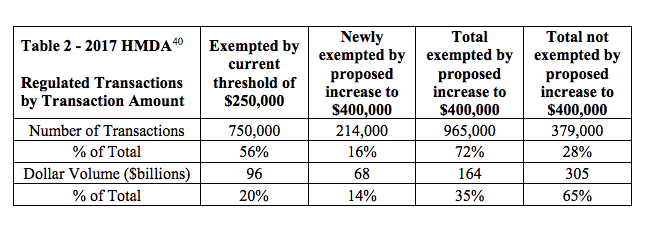#Breckenridge #Colorado
 |
| Courtesy Brynn Grey Partners |
After a 20-year long buildout, the Wellington Neighborhood has officially closed on the last new home this month. With 282 homes and over 500 community members making up the neighborhood, one of the first workforce housing developments in the county has created quite the local community from a pile of dirt.
Neighborhood founder David G. O’Neil said that when he came upon the future site for Breckenridge’s Wellington Neighborhood in the 1990s, it was full of 20-foot-tall rock piles leftover from old mining projects.
In 1999, the planning process began when Brynn Grey Partners, the developing company, pitched their idea to the Breckenridge Town Council. As with the workforce housing developments that have come after Wellington, the project was meant to be a public-private partnership between Brynn Grey, the building company Traditional Neighborhood Builders, the town of Breckenridge and the Environmental Protection Agency.
Current Breckenridge Mayor Eric Mamula was on the planning committee during the process and his father, Sam Mamula, was the mayor at the time. Although this was a new idea, Eric said the concept was embraced by Town Council.
“No council has ever thought anything other than workforce housing is good for the community — it’s the right thing to do for the community,” Eric said. “It was never contentious from the standpoint of the town should put land or fees or money into the development, it was really just contentious about how the development was laid out itself.”
As for the planning level, Eric said the developers had a different philosophy than the planning committee as the developers wanted to incorporate smaller roads to slow down traffic and the greens that now characterize the neighborhood.
“The hardest thing initially was convincing planning that traditional neighborhood building would work in the High Country,” O’Neil said. “The vision was to create a real locals neighborhood with a sense of community in place.”
O’Neil recalled that there was a lot of back and forth in the planning process. When it came time for the final approval of the project, council was split 3-3. As chairman of the planning commission, Eric had the deciding vote that broke the tie, approving the project.
“It’s been a huge success for the town; it’s when the town really started to concentrate and think about workforce housing,” Eric said.
Construction began in October of 1999 and the first house closed in early 2000. The Wellington Neighborhood reserves 80% of the units for locals and 20% of the units for open market. The builders and developers managed to clean up the site and eventually built 282 houses. The small creek on-site was preserved and now flows through the neighborhood.
In 2002, the neighborhood won the Environmental Protection Agency’s National Award for Smart Growth. Based on the most recent census data, approximately 10% of the Breckenridge population lives in the Wellington Neighborhood. Firefighters, Town Council members, local business owners, teachers and many other vital community members reside in the Wellington Neighborhood.
“In my view our legacy is the people that live there and how they’ve transformed the town,” O’Neil said.
Tim Faia was one of the early residents who moved onto Midnight Sun Road in December of 2002 with his young family.
“We were really excited to move in. We were pregnant with our first child and we were given the opportunity to make it work,” Faia said.
Faia said that while there’s been some turnover in the neighborhood with some people living in their homes part time, the neighborhood has remained a “locals” neighborhood. He said his daughter, who is now 10, is thrilled to have neighbors to play with.
“My green hasn’t had as much turnover, but I have noticed it more over the last few years,” said Zachary Green, who has lived in the neighborhood since August of 2008, referring to the open space that clusters of homes encircle. “But there’s quite a few people who have lived there for quite a long time. Some of these folks are able to sell their place for a bit of money now and they want to move out of attainable housing.”
As for the town’s sentiment toward the project, long-term residents remember pure excitement.
“Just the opportunity to have something that locals could actually somewhat afford and also just the idea that locals would be congregated in one area was kind of a new idea at the time,” Helen Cospolich, who moved into the neighborhood in 2005, said.
While families are happy to have the neighborhood as a local’s community, there have been a few hiccups and disagreements along the way.
“We were told at first that we were going to get mailboxes out there and that there was going to be some sort of community building, and that never happened, which was a little disappointing,” Faia said.
The project also had some pushback from environmental groups. Leigh Girvin was formerly the executive director of the Continental Divide Land Trust and campaigned against the building project as she felt the environmental ramifications of the project were too great to justify it. Girvin came around the idea of the neighborhood though, as she is now a resident of the Wellington Neighborhood.
The success of Wellington has led to Brynn Grey developing other workforce housing projects. As the CEO of Brynn Grey, O’Neil feels the neighborhood is a model to not only to his development company, but for other High Country workforce housing projects.
Much of the team that built the Wellington Neighborhood — Brynn Grey, Traditional Neighborhood Builders and Wolff Lyon Architects — worked on a similar project in Frisco, called Peak One Neighborhood. All 69 units were sold-out in 2014, before construction was even complete.
Courtesy Summit Daily.





